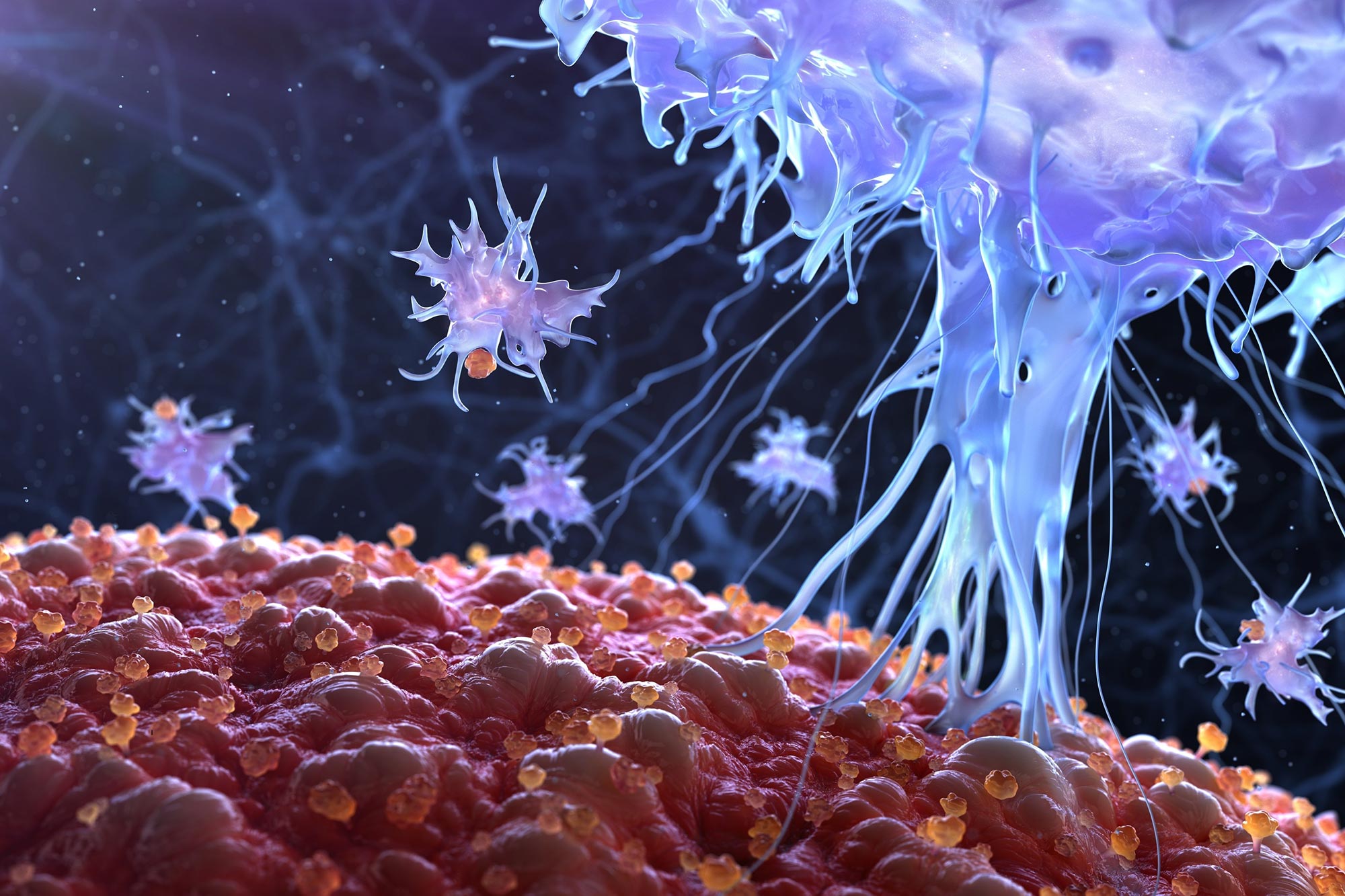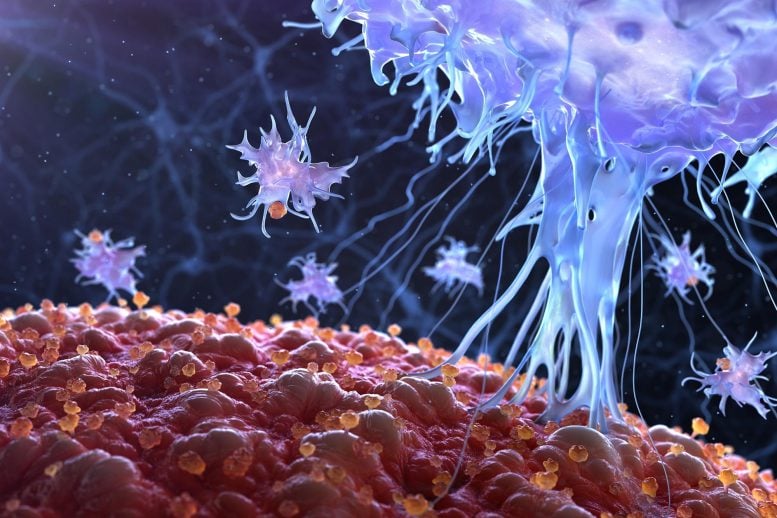

The discovery offers insight into why shift workers experience metabolic disruption, which could lead to new therapies for managing obesity and preventing muscle wasting.
Recent research shows that the immune system interacts with the body’s internal clock, impacting fat storage and temperature regulation. These insights carry substantial implications for individuals with irregular work, eating, or sleep patterns driven by the demands of modern life.
The key finding – that an immune molecule within adipose (fat) tissue, known as interleukin-17A (IL-17A), plays a regulatory role in fat storage – holds significant therapeutic potential for addressing obesity, preventing wasting, and mitigating other metabolic disorders. By targeting this molecule, drug developers may gain a valuable new pathway for creating treatments aimed at these conditions.
Circadian Rhythms and Biological Processes
Circadian rhythms are biological processes that operate on a 24-hour cycle, ensuring that key biological functions occur at specific times of day to synchronize the body with external environmental cues. The most prominent example is the sleep-wake cycle, which aligns with the natural light-dark cycle of the sun.
The immune system operates on a circadian rhythm, priming the body to anticipate and combat infections at specific times of the day. Recently, research has highlighted an additional role of immune cell circadian rhythms in sustaining tissue integrity and function – most notably in the gut, where specialized cells deliver metabolic signals that optimize nutrient absorption during feeding periods.
In a recent study led by Professor Lydia Lynch and published in the leading international journal Nature, researchers report that key immune cells – γδ T cells, which produce IL-17A – exhibit elevated expression of “molecular clock” genes. These genes play a crucial role in regulating efficient fat storage, a process significantly influenced by a stable and well-regulated circadian rhythm.
Mice missing molecular clock genes in these cells exhibited impaired fat processing and storage, while whole-body metabolic analyses further revealed disrupted metabolic rhythms and irregular core body temperature regulation.
Disruptions in Circadian Rhythms and Health Implications
Prof. Lydia Lynch, Visiting Researcher at Trinity College Dublin’s School of Biochemistry and Immunology and Professor of Molecular Biology at the Ludwig Cancer Research Institute, Princeton University, highlighted the significance of this research. She said: “Modern life frequently disrupts natural sleep patterns, whether due to shift work, prolonged exposure to blue light from screens, or the constant connectivity of mobile devices. Many of us, despite feeling fatigued, find ourselves scrolling through social media far longer than intended each night.
“Our discovery that an immune molecule in adipose tissue regulates fat storage is particularly compelling, as it offers potential therapeutic avenues for addressing obesity and preventing metabolic diseases—especially in populations affected by shift work.
“Obesity is an increasingly prevalent condition with extensive, detrimental effects on health and wellbeing, and it places a substantial burden on healthcare systems worldwide.”
Aaron Douglas, Postdoctoral Fellow in Trinity’s School of Biochemistry and Immunology at the Trinity Biomedical Sciences Institute (TBSI), added: “This discovery opens numerous avenues for further research. A key question is whether T cells help regulate circadian rhythms in other tissues and, if so, whether this similarly impacts those tissues’ rhythms in essential ways.
“Particularly intriguing are T cells located near the brain, as their activity may significantly influence higher-order functions like learning and memory, or even impact brain regions involved in whole-body metabolism and temperature regulation.”
Reference: “Rhythmic IL-17 production by γδ T cells maintains adipose de novo lipogenesis” by Aaron Douglas, Brenneth Stevens, Miguel Rendas, Harry Kane, Evan Lynch, Britta Kunkemoeller, Karl Wessendorf-Rodriguez, Emily A. Day, Caroline Sutton, Martin Brennan, Katie O’Brien, Ayano C. Kohlgruber, Hannah Prendeville, Amanda E. Garza, Luke A. J. O’Neill, Kingston H. G. Mills, Christian M. Metallo, Henrique Veiga-Fernandes and Lydia Lynch, 30 October 2024, Nature.
DOI: 10.1038/s41586-024-08131-3
Funding: European Research Council, Taighde Éireann – Research Ireland, NIH/National Institutes of Health, Irish Research Council

